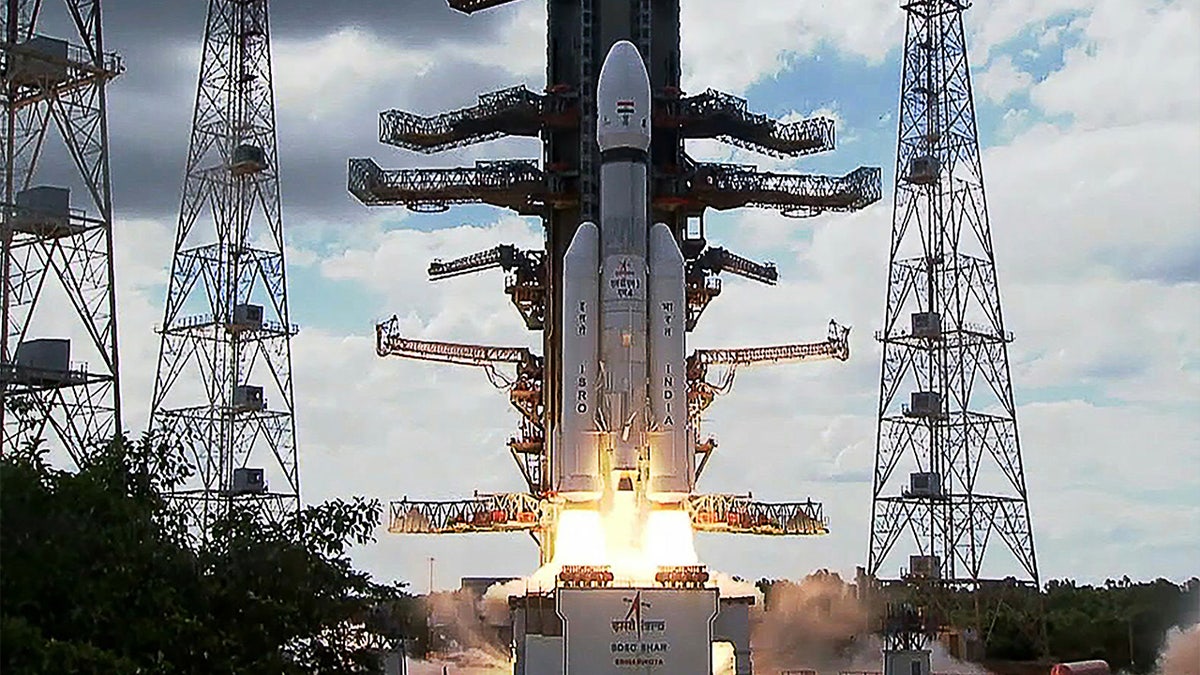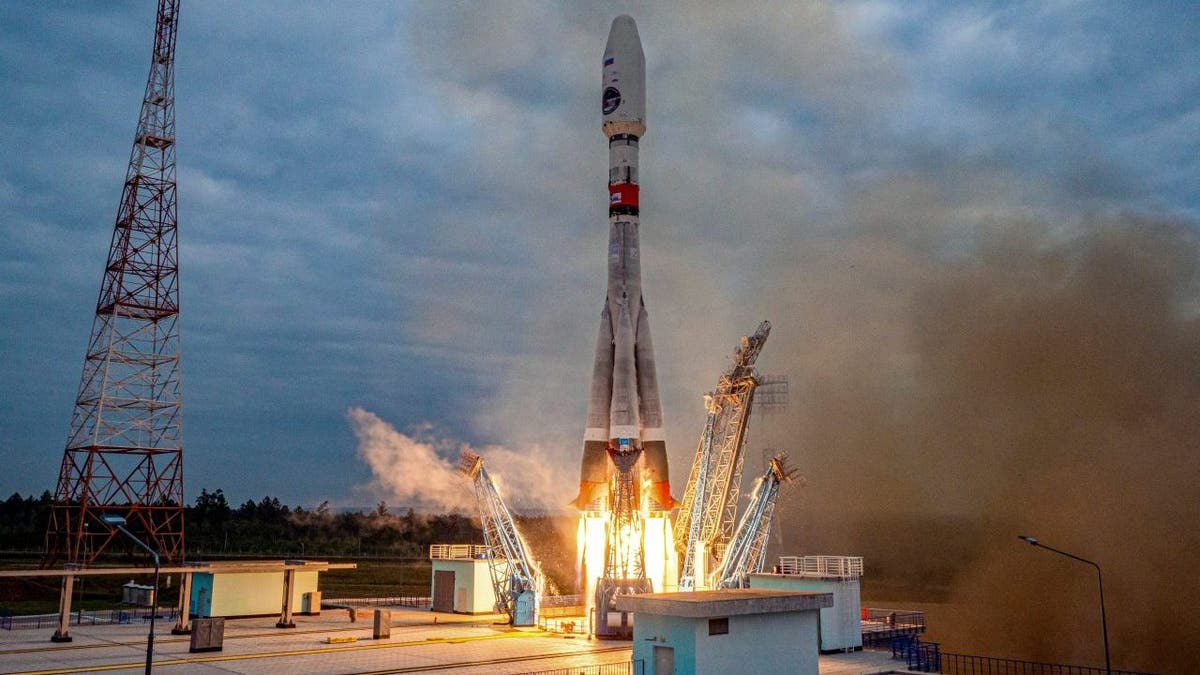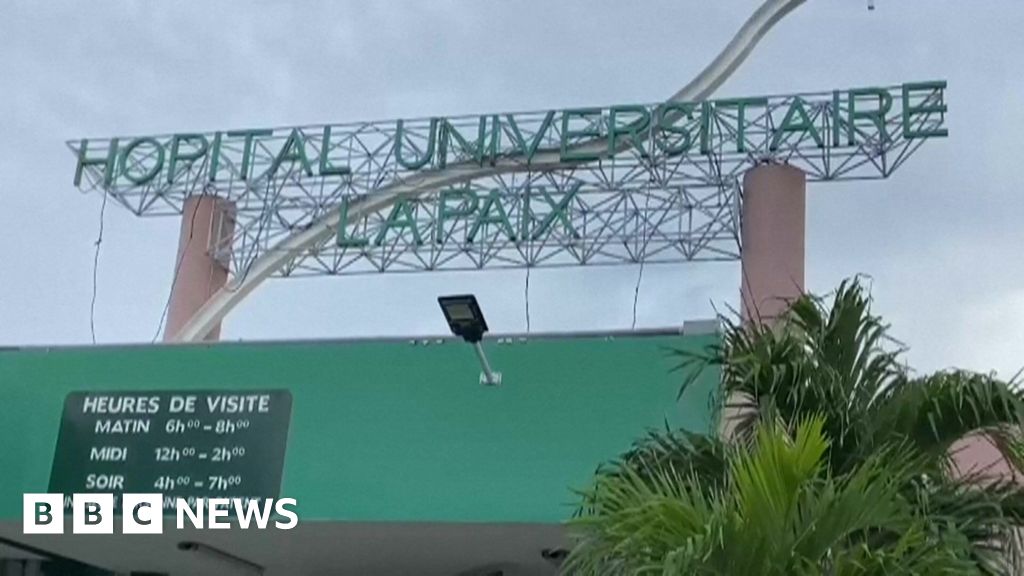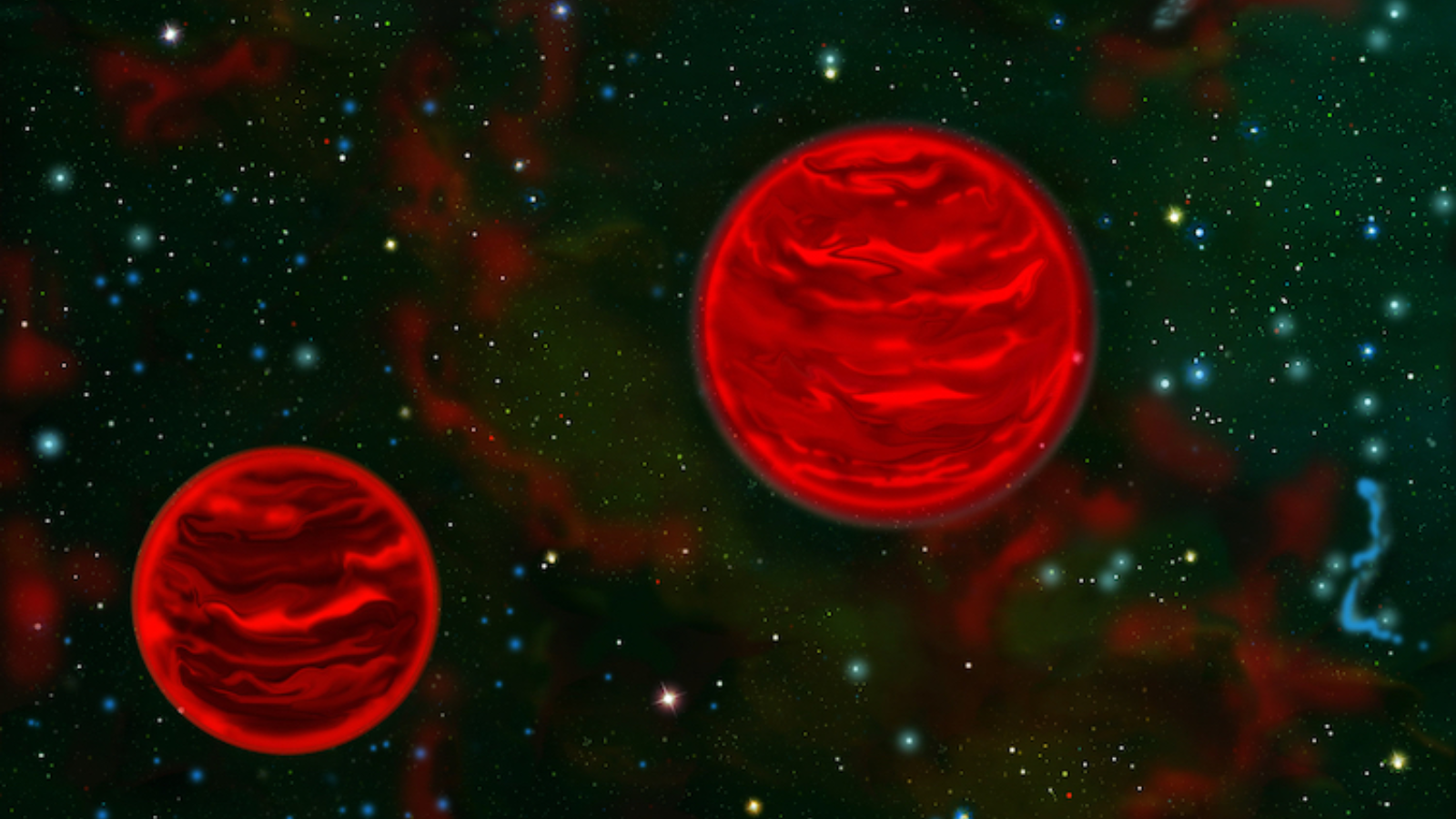Following the unsuccessful lunar landing by Russia, India is now vying to become the first country to land a spacecraft on the moon’s south pole. The Indian Space Research Organization (ISRO) plans to carry out the mission with its Chandrayaan-3 spacecraft on Wednesday. If successful, this would be a historic milestone as no spacecraft has ever landed on the lunar south pole before. Scientists believe that the region’s shadowed craters may contain water ice, which could potentially support future moon settlements.

FILE: This screen grab made from video footage from ISRO via AFPTV taken on July 14, 2023, shows an Indian Space Research Organisation (ISRO) rocket carrying the Chandrayaan-3 spacecraft lifting off from the Satish Dhawan Space Centre in Sriharikota, an island off the coast of southern Andhra Pradesh state. (ISRO/AFPTV/AFP via Getty Images)
This endeavor by India marks its second attempt to land on the moon, following a previous failure in 2019. The mission reflects the perseverance and determination of India’s scientific institutions. ISRO has been providing regular updates on the mission’s progress through posts on social media.
In contrast, Russia’s recent moon landing ended in disaster. Its Luna-25 probe crashed upon reaching the moon’s surface over the weekend. Yuri Borisov, the head of Russia’s state-controlled space corporation Roscosmos, attributed the failure to a lack of expertise resulting from the long hiatus in research since the Soviet Union’s last lunar mission in the late 1970s. An investigation is underway to determine the cause of the crash.

In this image made from video released by Roscosmos State Space Corporation, the Soyuz-2.1b rocket with the moon lander Luna-25 automatic station takes off from a launch pad at the Vostochny Cosmodrome in the Russian Far East on Friday, Aug. 11, 2023. ((Roscosmos State Space Corporation via AP))
The lunar south pole holds great scientific interest. The permanently shadowed polar craters are believed to house frozen water in the rocks, which could potentially be transformed into air and rocket fuel by future explorers.
The Associated Press and Reuters contributed to this report.







:quality(70)/cloudfront-us-east-1.images.arcpublishing.com/adn/LRZINTWAG5EQ7CCHQ5VYJDWMW4.jpg)





